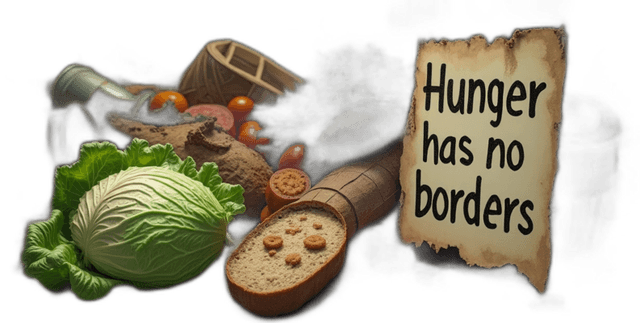Worldwide Food Loss and Economic Impact Data
Food & Beverage Consumption
Tags and Keywords
Trusted By




"No reviews yet"
Free
About
Insights are provided into the significant global issue of food wastage, tracking trends across various countries and detailing the associated economic repercussions between 2018 and 2024. The data categorises waste by food type, measures financial loss, and calculates per capita waste figures. This resource is highly valuable for understanding environmental sustainability challenges and informing policy decisions regarding waste reduction efforts worldwide.
Columns
The dataset features eight key attributes:
- Country: The name of the nation where the waste is recorded (e.g., Germany, Spain).
- Year: The specific year of observation, spanning from 2018 to 2024.
- Food Category: Details the type of food wasted (e.g., Prepared Food, Beverages, Dairy, Meat).
- Total Waste (Tons): The aggregate volume of food wasted, measured in tons.
- Economic Loss (Million $): The estimated financial damage resulting from the waste, in millions of dollars.
- Avg Waste per Capita (Kg): The average amount of waste produced per individual in kilograms.
- Population (Million): The corresponding population of the country, in millions.
- Household Waste (%): The proportional share of food waste originating specifically from households.
Distribution
The dataset is provided as a single CSV file, labelled
global_food_wastage_dataset.csv, with a file size of approximately 320.33 kB. It is structured with 8 columns and contains 5,000 total valid records, offering detailed time-series observations on food wastage metrics.Usage
This data is ideal for several analytical and research applications, including Exploratory Data Analysis (EDA) projects, sophisticated Data Visualization Projects, and the creation of Predictive Modeling and Machine Learning Algorithms aimed at improving supply chain efficiency. It is also well-suited for detailed Food Sustainability Research.
Coverage
The data offers global geographic coverage, capturing trends across many different countries. The time range spans seven years, from 2018 up to and including 2024. Demographic information is incorporated via the Population attribute and the Household Waste percentage metric.
License
CC0: Public Domain
Who Can Use It
- Data Analysts: Seeking robust, multi-dimensional data to analyse long-term environmental and economic trends.
- Policymakers: Utilising insights to develop effective legislation and national strategies for waste reduction.
- Sustainability Researchers: Investigating the links between population, economy, and different food categories to identify optimal intervention points.
Dataset Name Suggestions
- Global Food Wastage Economic Trends 2018-2024
- Worldwide Food Loss and Economic Impact Data
- Country-Level Food Sustainability Metrics
- Food Waste Distribution and Cost Tracker
Attributes
Original Data Source: Worldwide Food Loss and Economic Impact Data
Loading...
